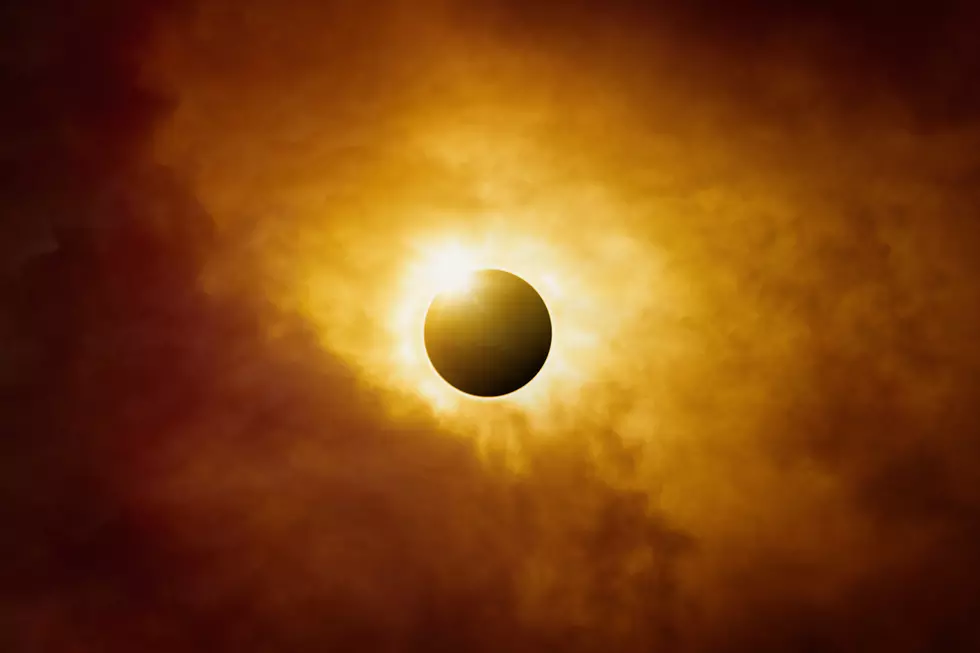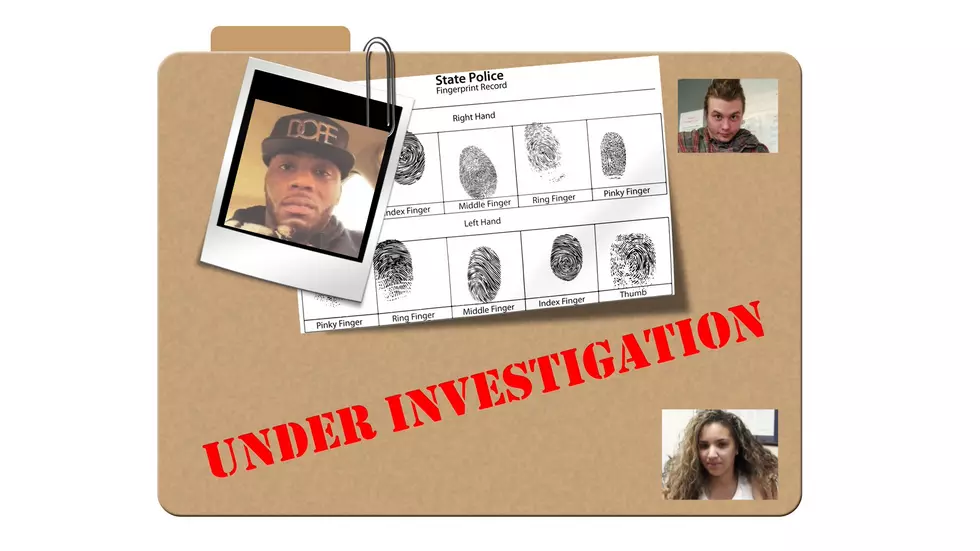
How Mercury Poisioning in Danbury’s Hat Industry Changed Workers’ Rights
Why were the dangers of mercury poisoning in Danbury's hat factories ignored by the industry at the time?
By the year 1800, Danbury was producing 20,000 hats annually, more hats than any other city in the country. By the 1880s, according to the newenglandhistoricalsociety.com, Danbury was pumping out 5 million hats a year, which equaled 24% of the total hats made in the United States. Across the country, Danbury then became known as the "Hat City."
Hat workers used felted fur to manufacture many of Danbury's hats. The fur of animals, usually of the rabbit or beavers, had to be cleaned in an orange-colored solution. Unfortunately, this solution contained mercury nitrate, which helped separate the fur from the animal pelt. The workers that were assigned this specific job, called "carroting," were exposed daily to the mercury nitrate and in most cases, came down with mercury poisoning.
The effects of mercury poisoning on the hatters were heartbreaking. The chemical had a toxic effect on the nerves and caused a laundry list of symptoms from painful itching to loss of hair and teeth to mental confusion to uncontrollable muscle twitching which came to be known in Connecticut as the "Danbury Shakes."
In the last two decades of the 1800s, the Connecticut State Board of Health highlighted the effects of mercury poisoning inside the hatting industry but because it didn't pose a major health risk to the general public, there was no action taken by the health board. The following are a portion of the results from a study by the Worker's Health Bureau of America in 1922, according to connecticuthistory.org.
100 union hatters of Danbury, Connecticut examined by experts, 43 had mercuring poisoning. Boys 20 and 21-years-old are already so badly poisoned that their hands shake continually, while many of the men who have served longer at the trade cannot even feed themselves.
It wasn't until Dec. 1941 after many studies were completed that Connecticut Governor Robert A. Hurley banned the use of mercury while stating that it made, "physical wrecks out of hundreds of workers."
More From The Wolf









